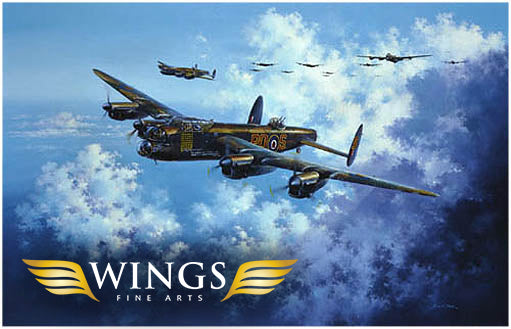Combat Over The Reich By Robert Taylor - Aviation Art
- Variant: Default Title
- In Stock: 5
- Brand: Wings Fine Arts
- Collection: The Me262 Fighter Jet
Product Specs
Combat Over The Reich
By Robert Taylor
NEW GICLEE EDITION NOW AVAILABLE
(Low Inventory)
Approaching their target at the oil refinery at Zwickau, 60 miles south west of Dresden, the 452nd Bomb Group's B-17 Fortresses were bounced by 28 Me262 jets from JG 7. Screaming in from the six o/clock position, the jet pilots singles out the 3rd division just as they began their bombing run.
The B-17 Fortress crew, having lost part of the tailplane, desperately defend their unwieldy bomber against the determined high-speed, by laying a wall of lead in the path of the Me262s.
Had the Me262 been developed solely as an interceptor it would have blunted the ever increasing, deep-penetration American daylight bomber raids into Germany. It might even have slowed the advance long enough to alter the course of the war. But Hitler under Goring’s advice, refused to bend in his belief that the new wonder jet should be used as a bomber. By the time he relented in November 1944, it was too late.
Portrayed here is a dramatic scene that took place on 19 March 1945. It was the day when a force of 28 Me262 jet fighters from JG7 intercepted a formation of B-17s of the 452nd Bomb Group en route to bomb the oil refinery at Zwickau, 60 miles south of Dresden. Closing at a speed almost three times as fast as their targets, each jet pilot has but a fraction of a second to find his mark and the B-17 gunners have milliseconds to respond. Within the blink of an eye the interception is over. The main B-17 has lost part of its tailplane but with luck and a skilful pilot, the battered bomber will make it home. The encounter occurred during a five-day period when the small band of Me262 fighter pilots were credited with over 50 Allied aircraft destroyed. But the damage inflicted by the Me262s was too late – within weeks Germany had surrendered.





